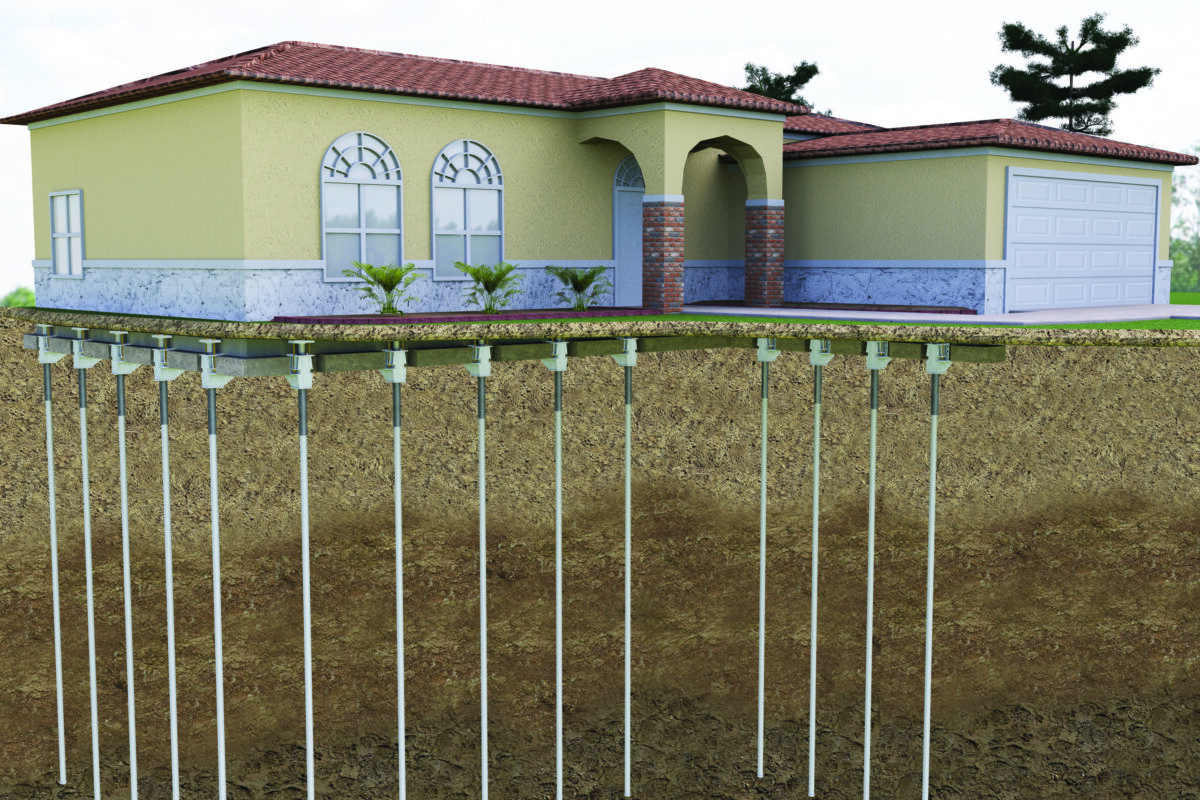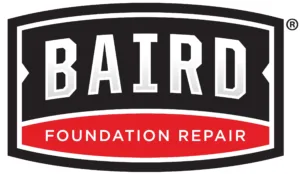
Foundation Repair
Dependable Foundation Repair Contractors
A sturdy foundation is the key to making your house feel like a home. Without this essential means of support, your residence would experience a number of severe problems. When a foundation problem occurs with your home’s structure, you need a reliable foundation repair company to lend a helping hand!
As a family-owned business, Baird Foundation Repair understands the importance of making essential decisions for your home. We believe in providing Texas homeowners with reliable structural solutions to make their residences safer spaces. When your foundation experiences damage, you can trust our team to correct the issue with a dependable repair service.
Home Foundation Repair Solutions
Baird Foundation Repair utilizes some of the best industry technology. We take your location and individual needs into account during every single service. With a focus on safety and comfort, you can count on our pier repair solutions to restore your home’s structural integrity.
Reliable Pier And Beam Foundation Repair Services
A pier and beam foundation is a support system for a house that elevates it off the ground. Instead of a concrete slab, imagine pillars (piers) made of concrete, brick or stone. These piers support horizontal beams (usually wooden) that hold the floor joists and create a crawl space beneath the house. This elevation offers benefits: protection from floods, easier access to plumbing and electrical lines for repairs and potentially better ventilation. However, crawl spaces also require maintenance to prevent moisture and pest problems.
Pier and beam foundations are common in Texas due to our state’s expansive clay soil, which can cause foundation problems. Pier and beam foundations help minimize this issue. They were also the standard foundation type for older Texas homes, and they offer some flood protection in coastal areas.
Push Piers
When you need an effective way to lift your home back to its proper place with little property disruption, Supportworks Push Piers can help! These round tubes are made of durable steel that is strong enough to support your house. They are hydraulically driven into the soil beneath your foundation and have an external patented sleeve for additional protection.
This method is highly effective for minimal disturbance during the installation process. With this technology, you can lift your home to its initial position quickly, without losing the desired effect.
Helical Piers
Helical technology works best for lighter structures such as concrete stairs or decks. These piers are made of steel and utilize a set of helical blades on their base. They’re versatile and stabilize structures made of limestone, adobe and brick.
Using small construction machinery, these piers are advanced into the soil until they reach the appropriate depth. After the installation is complete, the weight of your home is transferred and lifted as close to its original position as possible. The surrounding soil is replaced to provide adequate support.
SmartJack® Support System
SmartJack® is a crawl space stabilizer that meets industry and national standards. This technology is useful for combating rot and mold in crawl spaces that have caused the areas to weaken. They’re known to support loads of over 60,000 pounds, making them a dependable household solution.
Slab Piers
Slab piers are a special form of push piers designed to stabilize slab foundations that have settled over time. This technology requires minimal excavation, making it a desirable choice among many homeowners.
These piers are driven into the earth and bypass soils that aren’t capable of supporting heavier structures. Their brackets attach the top of the pier to the slab. This process aids in stabilizing and raising the foundation back to its original position.
Signs You Need Foundation Contractors
Structural issues aren’t always noticeable at first glance. Luckily, your home will show a few warning signals when a problem is present. A few signs that you need a professional to repair foundations are:
- Doors that won’t latch or stick
- Cracking along your interior walls
- Sticking windows that won’t latch
- Sinkage along the base of your home
- Bouncing floors
- Bowing walls
If you notice any of these signs, you should contact our team for assistance as soon as possible! Not correcting structural issues can cause secondary problems with your residence in the future.
Why Choose Baird?
The worst thing you can do for your home is entrust it to a company that doesn’t prioritize your living space! The Baird team strives to restore value, safety and peace of mind during every service. You can trust our permanent solutions to lift your home and head up high.
Schedule Foundation Services Today!
When you’re in need of long-lasting foundation solutions for your home, look no further than the experts at Baird Foundation Repair! With a drive to provide stellar results, you can rest assured that your home is in skilled and careful hands. Contact us today to schedule your next dependable repair service!

